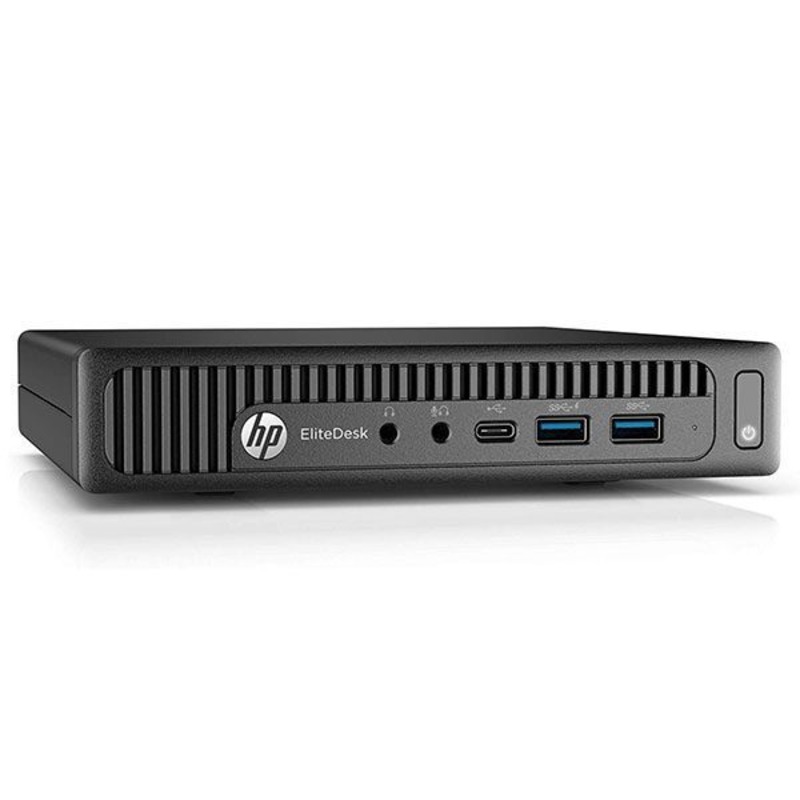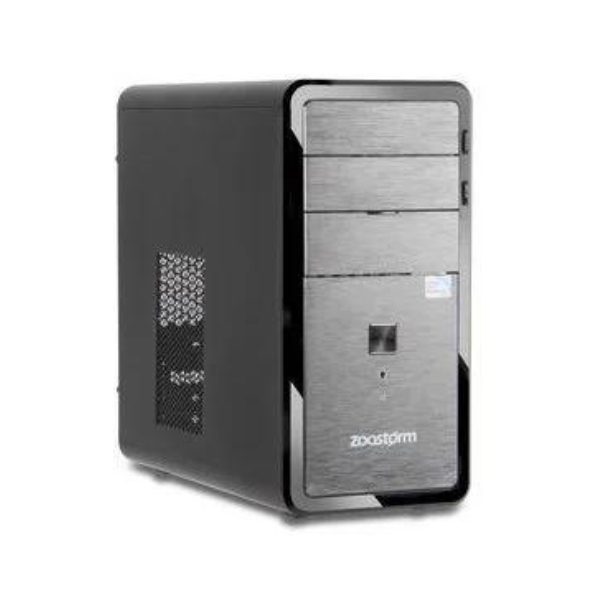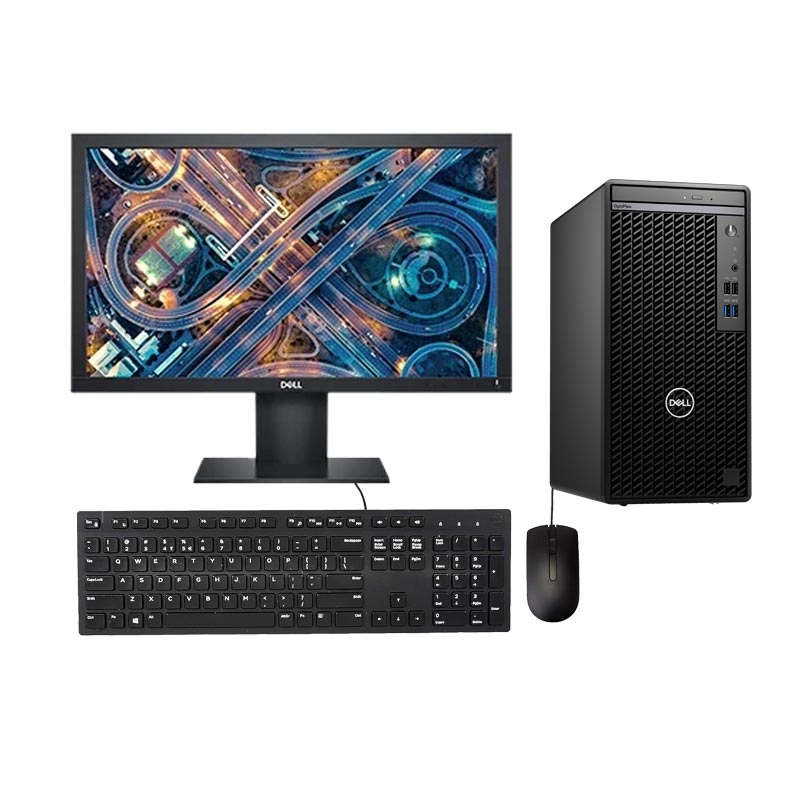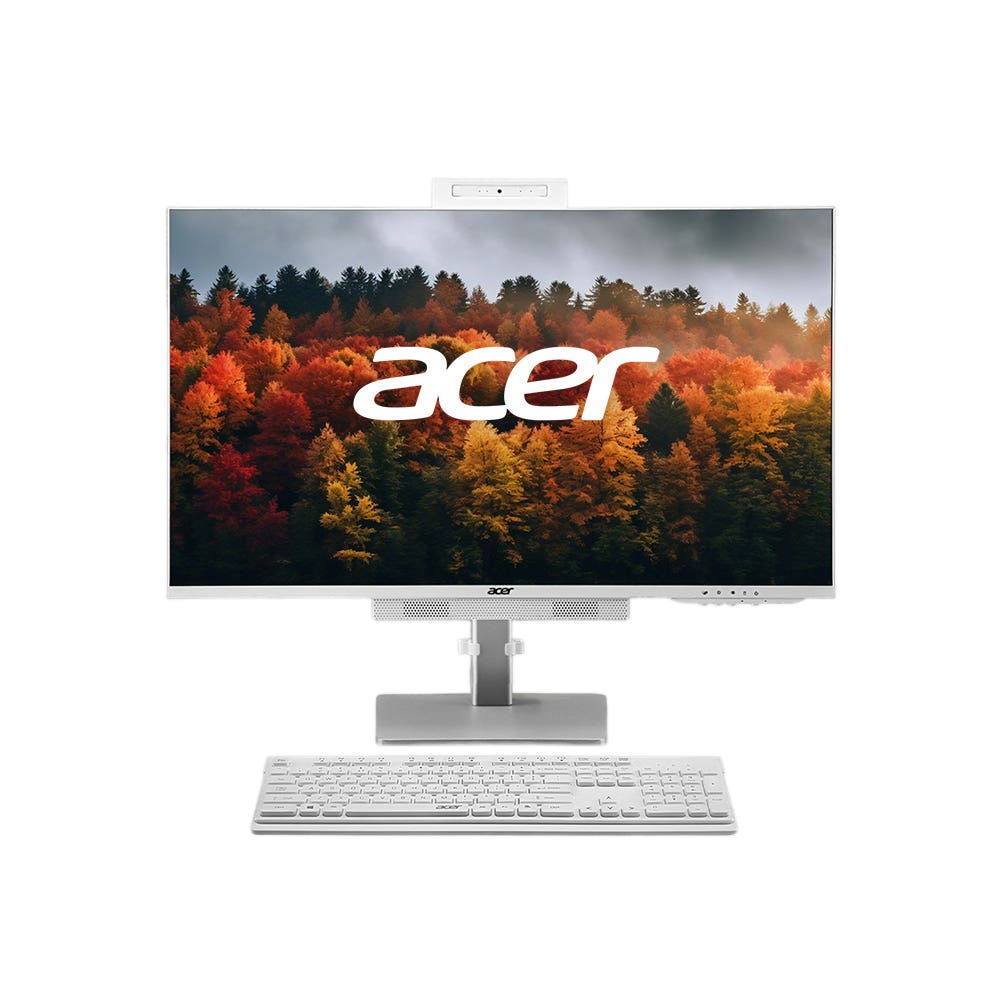Choosing the right desktop processor is crucial for achieving optimal performance tailored to your specific needs. Among the most popular choices in the market are Intel’s i5 desktop and i7 processors. Both processors come with their own advantages and disadvantages, making it essential to understand their differences before making a decision. This guide will explore the key features, performance metrics, and considerations to help you determine which processor is right for you.
Understanding Processor Generations and Core Counts
The Basics of Core Count
When comparing the i5 desktop and i7 processors, one of the primary features to consider is the core count. The number of cores in a processor plays a significant role in its ability to handle multiple tasks simultaneously. Generally, i5 desktop processors come with four to six cores, while i7 processors usually offer six to eight cores.
More cores allow a CPU to run multiple threads more effectively, enhancing multitasking capabilities. If you plan to run resource-intensive applications or multitask frequently, an i7 with additional cores can provide a more seamless experience. In contrast, an i5 is more than capable for basic computing tasks such as web browsing, document editing, and light gaming.
Generational Innovations
Intel releases new generations of processors roughly every year or so with enhancements in architecture, performance, and energy efficiency. The latest generations often see improvements in performance-per-watt ratios, integrated graphics capabilities, and additional features like support for faster RAM.
When choosing between an i5 and i7, consider whether you’re looking at the latest generation or an older one. A newer i5 desktop could perform better than an older i7 model, so it’s essential to compare generations to make an informed choice.

Performance Metrics
Benchmarking and Real-World Performance
To truly understand the performance differences between the i5 and i7 processors, examining benchmark scores can provide valuable insights. Benchmark tests measure a processor’s effectiveness in various scenarios, including single-threaded speed and multi-threaded performance.
In most benchmarking tests, i7 processors outperform i5 processors in multi-threaded applications due to their additional cores and threads. This performance boost is especially evident in tasks such as video editing, 3D rendering, and gaming at high settings. However, for standard applications like web browsing or office tasks, the differences may not be as pronounced.
Clock Speed Considerations
Clock speed, measured in gigahertz (GHz), also plays a crucial role in processor performance. Typically, i7 processors have higher base and turbo boost clock speeds than i5 desktop processors. This means that the i7 can handle demanding applications more effectively, especially in intermittent workloads where peak performance is required.
If you’re engaging in activities that rely heavily on single-threaded performance, such as gaming or specific software applications, choosing an i7 could yield better frame rates or quicker load times. However, for everyday tasks, an i5’s clock speed is generally sufficient and can manage these types of workloads effectively.

Gaming Performance
Suitability for Gamers
For many users, gaming performance is a major deciding factor when choosing between an i5 or an i7 processor. The i7 is often touted as the better choice for gaming enthusiasts who push their systems to their limits. With additional cores and higher clock speeds, an i7 processor can provide a smoother experience, particularly in CPU-intensive games that benefit from extra threading.
That said, many games do not fully utilize all cores, meaning an i5 processor can still handle most gaming situations effectively. Many gamers find that an i5, paired with a robust graphics card, is adequate for gaming at 1080p and even 1440p at high settings. Therefore, if you’re looking for a gaming setup that balances budget and performance, an i5 can still provide a compelling experience.
Future-Proofing Your Setup
If you’re considering long-term investment in gaming, it may be worth opting for an i7. As game development continues to evolve, future titles are likely to take advantage of additional cores. By investing in an i7 now, you can ensure that your system remains relevant for gaming in the years to come, eliminating the need for an upgrade down the line.
Content Creation and Professional Use
Strength in Creative Tasks
If your primary focus involves content creation—be it video editing, graphic design, or music production—an i7 processor is usually the better choice. These tasks can be highly demanding on a computer’s resources, and the added cores and threads of an i7 processor allow for more efficient processing during rendering and exporting activities.
In software like Adobe Premiere Pro or DaVinci Resolve, multi-threading capabilities enable faster processing when working with heavy video files. An i7 can handle background tasks while allowing your main application to perform at peak efficiency. This enhanced capability makes it a favorite among professionals in creative industries.
Software Optimization
Many professional software applications are optimized to leverage the performance benefits of higher-end processors. i7 processors often include features that cater specifically to these programs, such as Intel’s Hyper-Threading technology. This feature allows each core to handle more than one thread, maximizing efficiency in software designed to take advantage of multi-threading.
If your workflow frequently involves using resource-heavy applications, investing in an i7 can greatly improve productivity and reduce rendering times—making it a valuable asset.

Power Consumption and Thermal Performance
Energy Efficiency
When evaluating processors, it’s vital to consider power consumption. Generally, i5 CPUs are more energy-efficient, consuming less power than their i7 counterparts. This aspect can lead to lower electricity bills and create less heat within your PC case, leading to quieter operation and less reliance on cooling solutions.
If you’re building a compact system or a home office setup where noise levels and energy consumption are concerns, an i5 might be the preferable choice. The lower heat output also means that cooling solutions can be less robust, further saving on power and equipment costs.
Cooling Solutions
If you decide to go with an i7 processor, be prepared for potentially higher cooling requirements due to increased power consumption and heat generation. Many i7 models may benefit from aftermarket cooling solutions to maintain optimal performance and avoid thermal throttling during extended use.
Investing in a quality cooling system can ensure that your i7 operates at peak performance without overheating, allowing you to make the most of its capabilities. This setup will help maximize the lifespan of your CPU and overall system.
Cost Considerations
Budget Implications
Price is often a significant factor when deciding between an i5 and i7 processor. i7 models typically command a higher price due to their enhanced features and performance capabilities. Therefore, it’s crucial to evaluate your budget and determine how much you’re willing to invest in your desktop setup.
If you’re a casual user primarily using your computer for web browsing, streaming, or light gaming, an i5 will provide adequate performance without breaking the bank. However, if you need a machine for heavy multitasking or demanding applications, the additional investment in an i7 may justify itself through better performance and longevity.
Evaluating Long-Term Value
When considering the cost, think long-term. Investing more upfront for an i7 may save you from needing upgrades sooner. Considering future applications and potential software advancements can also play a role in assessing long-term value. If you expect to transition to more demanding tasks in the near future, opting for the i7 will provide a more sustainable solution.
Making Your Decision
Assessing Your Needs and Usage Patterns
When choosing between an i5 and an i7 processor, take time to assess your specific needs and intended use. Consider factors like gaming, content creation, multitasking, and the types of software you regularly use. For straightforward tasks, an i5 may be the ideal balance of performance and price.
On the other hand, if your work requires high computational power, extensive multitasking, or advanced gaming capabilities, leaning towards an i7 is advisable. Assessing your needs will guide you toward a processor choice that fulfills your requirements without overspending.
Future-Proofing Your Investment
Investing in technology can be daunting, especially when considering rapidly changing software demands. As you make your decision, think about future trends. If you plan to keep your computer for several years, opting for a more powerful processor now can help you stay ahead of technological advancements.
With careful planning and a clear understanding of what you need, you can confidently select a processor that will serve you well for years to come.
i5 vs. i7
Selecting the right processor—whether it’s Intel’s i5 or i7—requires thoughtful consideration of your unique needs and future computing tasks. Both processors offer distinct advantages, and understanding their differences can significantly impact your overall user experience.
Whether you go with the i5 desktop for budget-friendly efficiency or the i7 for robust performance, aligning your choice with your requirements will ensure you make a well-informed decision. Take into account your usage patterns, financial considerations, and long-term needs to choose the perfect processor for your desktop setup. With the right choice, your computing experience will be optimized to meet all of your demands, helping you achieve your personal and professional goals.
